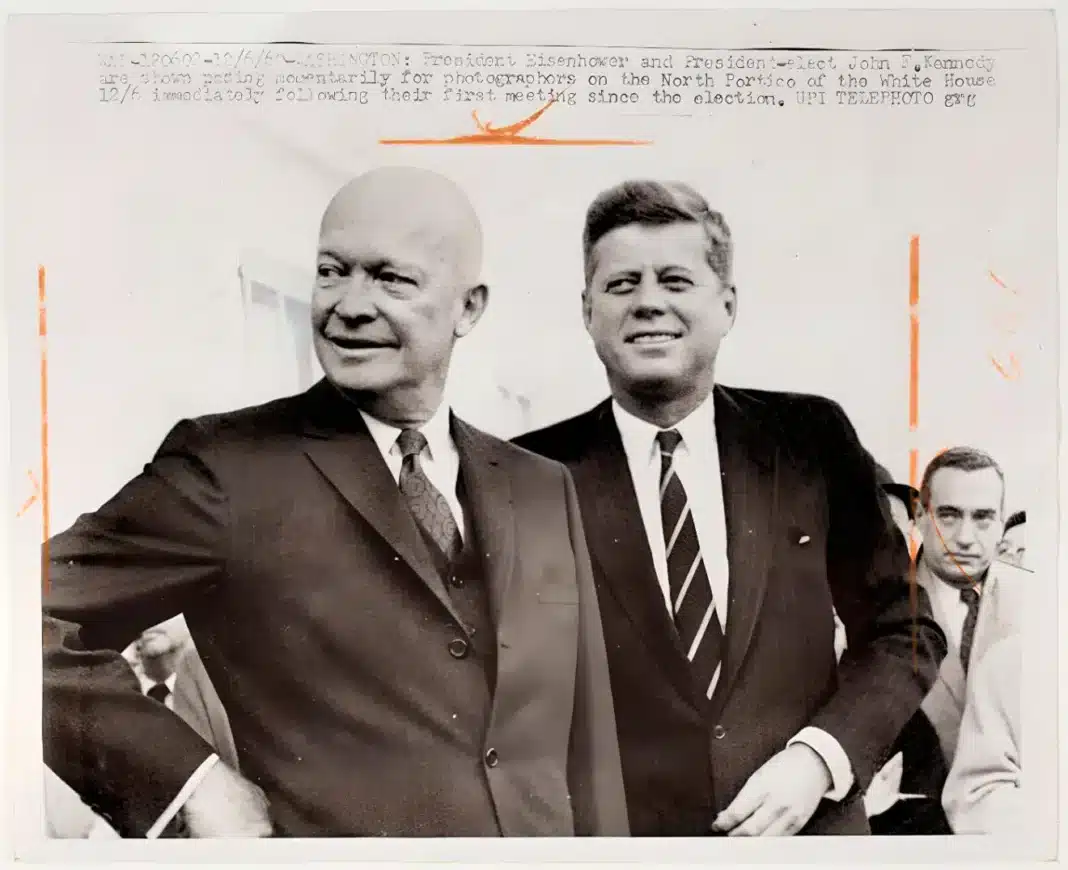Scientists are using images from Cold War-era spy satellites to monitor Europe’s forest canopy, including the Carpathian Mountains – Europe’s third-largest mountain range, known as the Transylvanian Alps.
The results highlight unprotected, high-value forests at risk of damage from harvesting and offer a potential strategy that would work in poorly mapped temperate forests around the globe.
Initially taken by the CIA, German scientists are sifting through more than 800,000 black-and-white images, described “as a trove of ecological data” by Anthropocene Magazine.
Mapping the Romanian section of the Carpathian Mountains, subject to Europe’s highest deforestation rates, scientists are creating a picture of areas subject to harvesting since the end of the Second World War.
“If we want to understand the forest systems, we have to think about the history of those forests, and this is an aspect that has been widely neglected so far because data was missing from that period,” according to Catalina Munteanu, a biogeographer and postdoctoral researcher at the University of Freiburg in Germany, who led the research.
According to Ms Munteanu, mapping forests is essential in ensuring forests are not vulnerable to construction.
Her passion for mapping Europe’s hidden forests led her to establish EcoSpy, an EU-sponsored research project which, from December 2018 to November 2020, uncovered hundreds of declassified satellite images provided by the Central Intelligence Agency’s CORONA program.
“The project aimed to figure out ways to use Cold War-era satellite images,” she said, “so that we could better understand the ecosystems.”
At its peak, the CORONA program operated more than 100 satellites in Eastern and Central Europe and flew more than 1100 missions between 1959 and 1972 before being declassified in 1992.
While other scientists had already begun using these pictures, they were often confined to local and regional levels, partly thanks to the challenge of converting black-and-white photographs into useable digital information, according to Munteanu.
For EcoSpy, a technical breakthrough came when a colleague found that software created to make sense of images from modern drones could process older photographs.
Working with researchers from Germany and Romania, she matched the CORONA images with newer ones from modern Landsat satellites to see which forests had remained untouched since at least the 1960s.
According to the study published in Conservation Biology, the scientists identified 7,380 square kilometres of older forests with high ecological value in the Carpathians, nearly double the size of old-growth forests previously identified in the region.
The researchers also found that almost half the forests in the area “were at high risk of damage from people, based on how accessible forests were, the proximity of roads and towns, and local reliance on firewood.”
According to Ms Munteanu, the maps are essential for conservations and forest managers, highlighting which valuable forest tracts are most endangered.
“This is going to be able to pinpoint: If we care to conserve these forests, where do we start? Where are the best candidates?” Ms Munteanu said.






